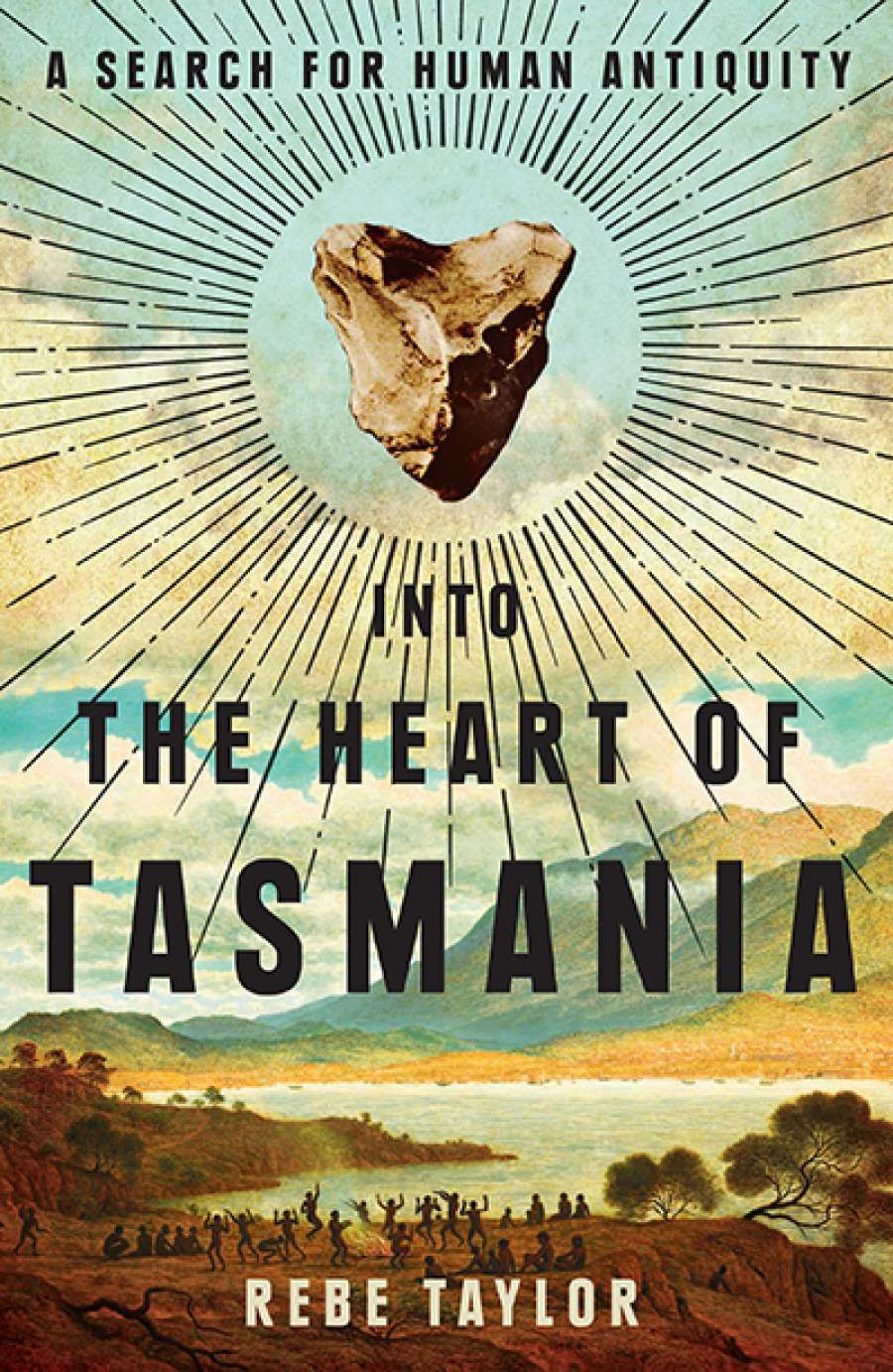
- Free Article: No
- Contents Category: Australian History
- Custom Article Title: Philip Jones reviews 'Into the heart of Tasmania: A search for human antiquity' by Rebe Taylor
- Custom Highlight Text:
The historian Rebe Taylor has a fascination with Australia’s southern islands and their capacity to contain or magnify issues of identity for their indigenous inhabitants, if not for their broader populations ...
- Book 1 Title: Into the heart of Tasmania
- Book 1 Subtitle: A search for human antiquity
- Book 1 Biblio: Melbourne University Press, $34.99 pb, 270 pp, 9780522867961
The book centres on Westlake’s 1908 Tasmanian expedition in search of ancient stone tools known as eoliths, apparently once used by Aborigines of the island. Ernest Westlake belonged to a particular British sub-species of antiquarian whose enquiries into human origins emerged from a blend of socialist ideals and reaction against the alienating effects of industrialisation. William Morris and the Fabians, Leo Tolstoy, and a raft of like-minded societies and individuals were standard bearers for this utopian movement, harking back to a golden age in which regard for nature and one’s fellows took precedence over the accumulation of capital. The shadow zone between such an outlook and more empirically grounded fields of archaeological enquiry was wide enough to contain hard-edged Darwinian research and the idealistic speculations of eolith-hunters. The son of a cleric, Westlake would eventually return to his utopian project after his Tasmanian adventures, establishing the slightly wacky Order of Woodcraft Chivalry in 1916. Oddly, Taylor overlooks the fact that these two projects were intimately linked; to grasp a stone tool formed at the dawn of time was to commune with humankind’s pristine past, untarnished by mammon or machine.
The mania for identifying and collecting eoliths emerged during the 1880s in France and Belgium and soon spread to Britain, where it lingered on, increasingly ridiculed, until the 1930s. As late as 1934, the geologist Walter Howchin (who combined itinerant preaching with stone tool collecting) maintained that he had discovered eoliths in the Central Australian deserts, crossing swords with Norman Tindale. In the history of archaeology as a discipline, ‘eolithism’ nicely illustrates what the sociologist Thomas Gieryn has called ‘boundary work’, helping to delineate the border between what is science and what is not. By the 1870s European scientists had identified the Paleolithic (Old Stone Age) and the Neolithic (New Stone Age), based on identification of stone tool types within stratigraphic sequences. With their chipped edges, eoliths appeared to be fashioned by humans but were found too deep in geological deposits for accepted chronologies. The standard reaction was to dismiss eoliths out of hand, but several scientists were prepared to extend the Old Stone Age boundary to accommodate them. Soon eoliths were located on the surface as well, opening the field for collectors such as Westlake, exploiting the expanding railway networks to gather extraordinary quantities of what are now regarded as nondescript rocks. By 1907, on the eve of his Tasmanian journey, Westlake had accumulated close to 14,000 examples – in most cases untouched by human hands other than his own. Westlake was no ordinary amateur though. As Taylor indicates, he had geological training and made useful connections with several leading professionals in British museums attracted to the radical, paradigm-shattering potential of these ‘dawn stones’.
 An illustration depicting eoliths from the The Quarterly journal of the Geological Society of London, 1898 (Smithsonian Libraries via Wikimedia Commons)
An illustration depicting eoliths from the The Quarterly journal of the Geological Society of London, 1898 (Smithsonian Libraries via Wikimedia Commons)
Westlake went to Tasmania in the belief that he might gather sufficient numbers of eoliths associated with the island’s Aboriginal stone tool users to counter European sceptics. Having gathered many tons of Tasmanian eoliths, he recognised that he still needed one additional element of proof – the link between these objects and the Tasmanians themselves. A single chance remark from a descendant might provide that link; the prospect led him to undertake a unique series of interviews across the island and Bass Strait, on a trajectory closely followed by the author. Unsurprisingly, Westlake did not locate that link. Nor did he undergo any epiphany or appreciation of the way in which Tasmanian Aboriginal descendants had retained vital elements of their traditional ‘lifeworld’, against the odds. Taylor judges Westlake on this score with considerable hindsight; few outsiders would reach such conclusions until decades after his departure.
Taylor’s account is gripping, but the manuscript did require more considered editing: a scattering of typos, malapropisms, and inconsequential quotations tend to distract the reader. The reader also deserves to know quite early how it was that Westlake never really comprehended the difference between a tool and a rock. But as Taylor makes clear, once he directed his enquiries to the Tasmanians themselves, his delusion brought tangible results, an invaluable set of insights into their colonial history and survival.


Comments powered by CComment